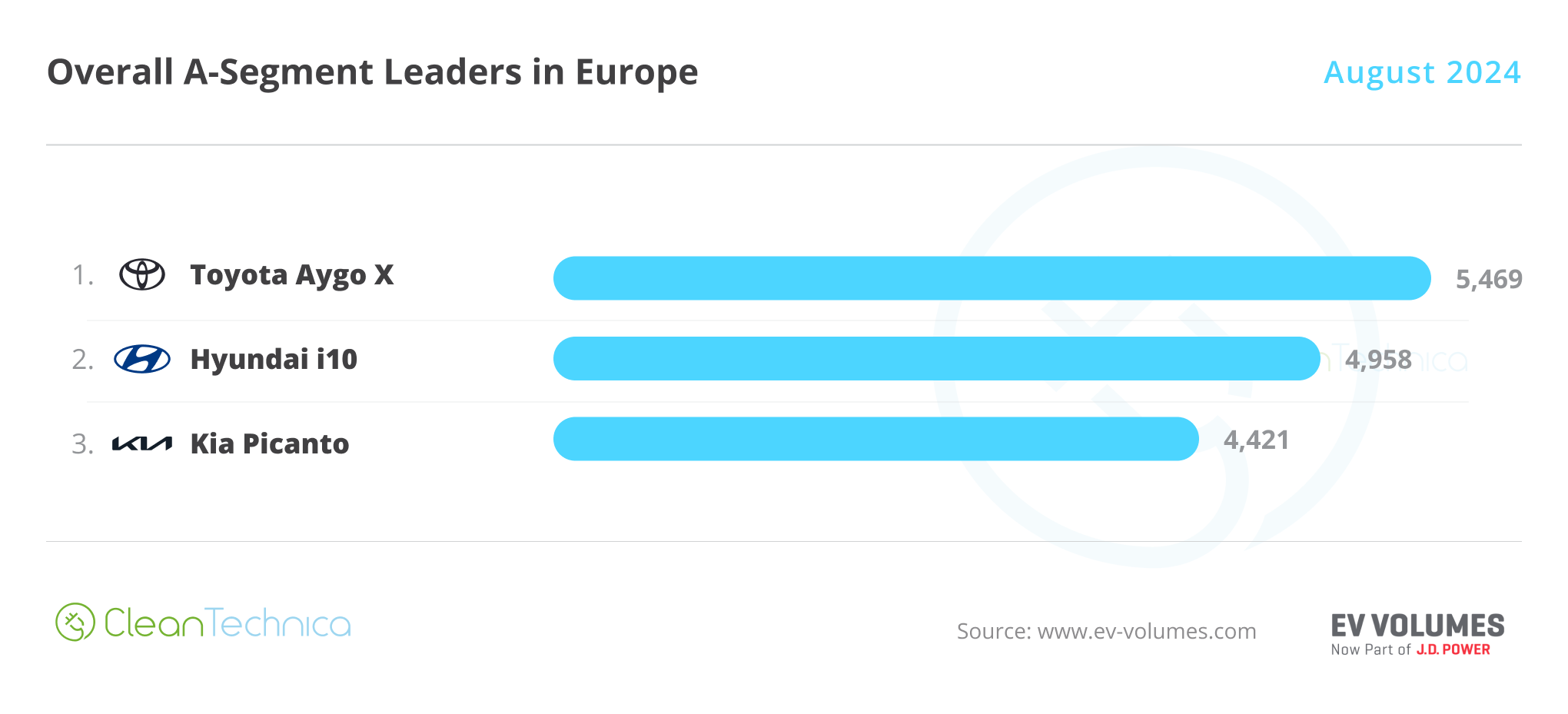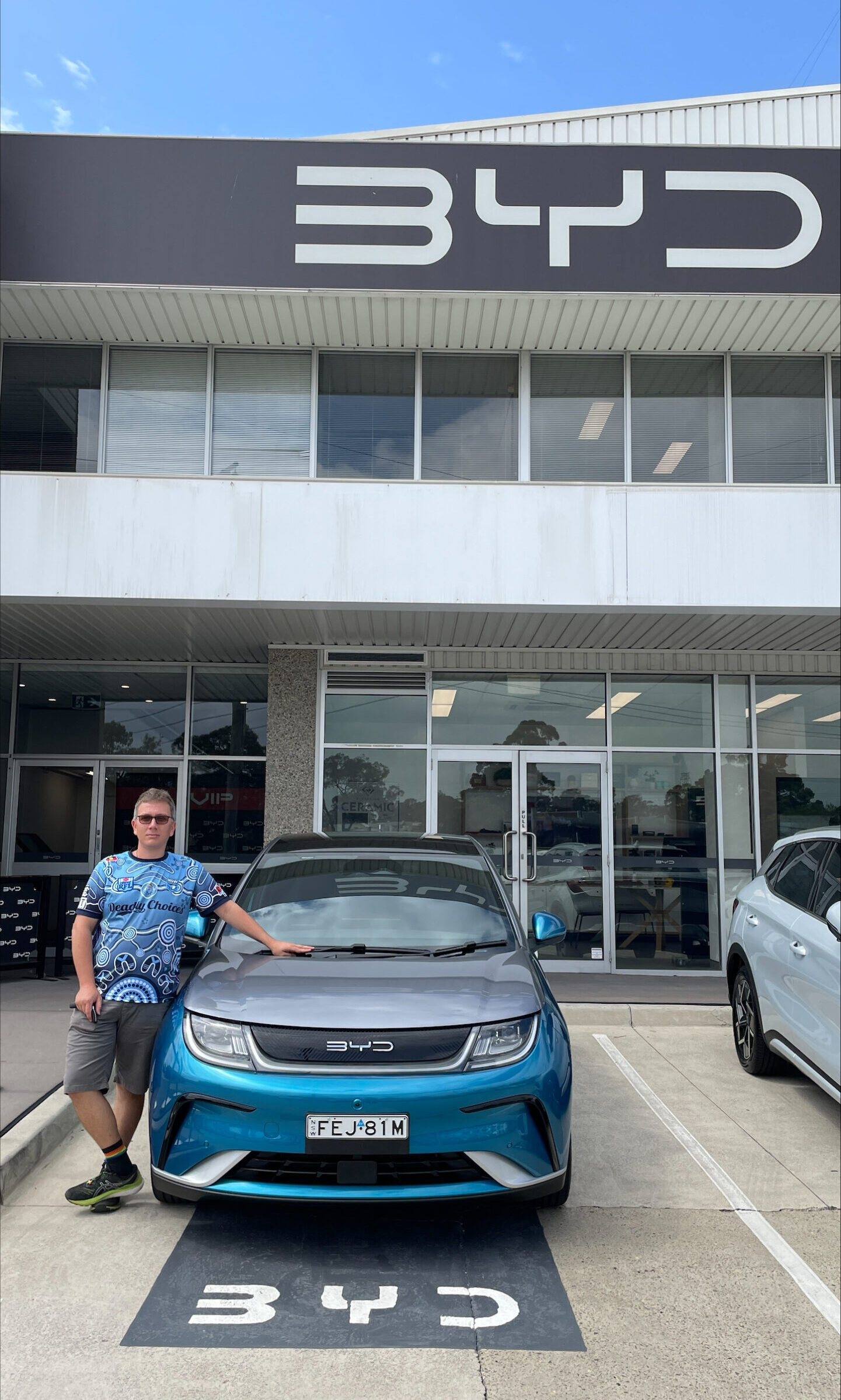After a slow start, hospitals and payers are making progress toward complying with federal price transparency rules that require them to publish online the pricing information about items and services they provide. As part of a trend of rising consumerism in healthcare, consumers express a high willingness to “shop” for care and can more readily due so with price transparency rules in place. Once consumers are able to easily access pricing information, what effect will this have on their healthcare choices?
In this episode of McKinsey on Healthcare, McKinsey senior partner Gunjan Khanna talks to Amanda Eisel, CEO of Zelis, a healthcare financial-services platform providing integrated healthcare, cost management, and payment solutions that connect insurers, providers, and consumers.
Amanda has more than 20 years of experience working at the intersection of healthcare and technology. Now, at Zelis, she has been instrumental in accelerating the company’s growth across the development and launch of a connected platform that aligns interests across payers, providers, and healthcare consumers. This transcript has been edited for clarity and length.
Gunjan Khanna: You have an immense amount of experience working in different forms of healthcare technology—why pick an area like price transparency?
Amanda Eisel: Over the past ten years, I’ve seen that regulation has the most potential to change healthcare. We’re excited about being involved from the start. I say the start because it was really just a couple of years ago that the regulations were announced: first for hospitals, health systems, the provider side, then for the payer side regarding price transparency. I get excited as I think about the world of consumer engagement, and as I think about how payers and providers can use this information to take cost and complexity out of the system. I think there’s a lot of opportunity.
Gunjan Khanna: What is the impact that price transparency could have?
Amanda Eisel: Let me drill down on the two areas a little bit more. First, the consumer empowerment side. This allows us to shop for healthcare, just as we shop for everything else in our lives. It unlocks the ability to understand, within your healthcare plan design, the cost of a procedure.
What we’re really pushing to advance is not just what the raw data is—so not a specific provider or a specific code—but to roll all of that information into one. To be able to say, to get this type of care, here’s what we estimate it will cost. What we’re also evolving is bringing in other data that is out there in the field—quality information—because that’s really what we need. Those are the two things that we need to be able to bring together to advance the way consumers shop for healthcare.
On the other side of it, healthcare is notorious for being a black box on the rates that are negotiated between payers and providers. This is the first time that that information is being made public, so that each side can come to the table with a better understanding of how they compare with their peers and what’s being negotiated.
Gunjan Khanna: I like that you’re talking about quality along with cost because it becomes quite important to think about healthcare—and, of course, access—as an important part of the puzzle as well. How good is the data today? As you think about price transparency, what exactly are you using to calculate this information?
Amanda Eisel: We’re early in the journey. I want to put this within the context of when these regulations came out, which was a couple of years ago. However, the timeline that was put on them for both providers and the payer side to be compliant was relatively short. It was about 12 months.
At the time, so many people said, “This is going to get pushed because that’s just not possible.” Well, it didn’t get pushed. Those regulations held. I think everybody has been doing the best that they can to get the information out there, but it is still messy data. It comes in the form of machine-readable files. In some cases, these are 600-gigabyte files of data that aren’t particularly useful or even accurate in raw form.
What you really need is codes grouped together for it to be interesting. Currently, it doesn’t pull in information that’s appearing in other data sets for utilization, provider demographics, not to mention something like quality. So that’s the work that we’ve been going through—to try to take in that data, clean it, and make the data useful.
Gunjan Khanna: How much support are you seeing in the open domain, or is it highly variable?
Amanda Eisel: I think people are really making their best efforts. Certainly, across payers, we see a push to be compliant. This has been across a couple of years of phased effort, so people are working toward getting there on the data.
However, it’s also like any classic problem that you solve—you set a goal, you get to that goal, and you look around and you say, well, that probably wasn’t perfect. In this case, what we find is that a lot of the formats aren’t consistent, which makes it hard to use the data. Some of what you’ll see in this next evolution is about how we think of putting more guidance around consistent formats, and how the data coming out can be useful.
Gunjan Khanna: You’ve mentioned that this is a decade-long journey. What do you think we’re going to see at the end of the decade—what will or won’t price transparency be able to solve?
Amanda Eisel: I think it’s a decade-long journey for a couple of reasons. One, because of what we talked about here, that this first phase of getting to clean and useful data is a multiyear journey. Two, because you’ve got to bring other data in for it to be useful. There’s also a third component we haven’t talked about yet, which is that you have to get people to start using the data. Price transparency doesn’t solve the engagement part, either on the side of the healthcare consumer or the system itself.
We still have to advance how we get tools into the hands of consumers at the point in time when they’re thinking about shopping for care. Part of the challenge is making sure the tool itself is useful for consumers. Another part is ensuring that healthcare consumers are offered incentives to use the tools, which can be tricky in healthcare because you have other layers to think about, like insurance, deductibles, and co-deductibles. This creates a higher bar and higher burden to think about: How do we drive consumer engagement so that they use the data? If we can’t crack that problem, then it won’t be useful. But I’m confident there are ways we can get there.
Gunjan Khanna: I agree that having clean data and the right insights are the first steps, but then you need the consumer to actually act upon that information. And getting consumers to act upon price data in healthcare is challenging, because we all know that, given how healthcare payments work in the US, consumers are not often as engaged as you would like them to be.
Amanda Eisel: That’s true. I think there’s also a really interesting dynamic that we all need to think about, which is the dynamic of trust. I remember talking to somebody in a focus group about these tools and her answer was, “Why would I trust that my payer was actually trying to steer me in the right direction? Why would I trust that the provider was actually looking holistically at where I could go and not just within that office?” So these are some of the questions and perceptions we’re dealing with.
Gunjan Khanna: There have been a number of different solutions that have been tried in the past to get some form of pricing insights into consumers’ hands. And we’ve seen different market successes and market failures that have shown us some of the challenges, whether it’s power dynamics or structural advantages or disadvantages. Could this limit the impact that price transparency will have?
Amanda Eisel: I think it stretches the duration for us in seeing the impact. Over time, we will get through those barriers, but it makes it a little bit harder. For this to work, it’s going to take some tenacity, some long-term thinking, and some willingness to say, that path didn’t work, but we’re going to try a different angle at how this data can be useful over time. I think it also requires a set of people who are willing to ask, why is it that you can drive across town and get the exact same procedure for a third of the cost, when “across town” means a mile away? What’s going on there? We need a willingness to pull apart some of those hard questions.
Gunjan Khanna: Are you finding receptiveness from your clients in terms of looking for solutions that go beyond regulations to make them more effective?
Amanda Eisel: The innovators, yes. It’s awesome when you’re in a room with an innovator who is willing to go further. We’re not just doing this for the healthcare system. At the end of the day, we’re doing this for consumers because they are bearing the brunt of the rising costs of healthcare.
Gunjan Khanna: I think a lot about that benefits side of things for consumers, and the benefits of these products. How do we provide the incentives to people so we can actually move the full ecosystem?
Amanda Eisel: That is a complicated issue. I think some of it is just about generations of people evolving, and people becoming more comfortable consuming and interacting like this, to the point where they’ll expect it in healthcare. Some of it is also getting people to test out something new for the first time and see how easy it is. It works. In one of our solutions that allows people to shop for care based on cost and quality with incentives, the [customer satisfaction score] is pretty close to 100 once consumed. It’s that powerful. However, getting the person to do it for the first time, that’s the hard part.
Gunjan Khanna: What more would you like to see happen regarding price transparency from a regulatory point of view?
Amanda Eisel: I think the more we can push toward standardization to help solve the data problem, the better it will be. These may seem like little things, but when the regulations first came out, they forced the data to a point that it was not reflective of the services that a given provider actually did. For example, you’d see the vast majority of the data for a cardiologist would show what it would cost for them to stitch up your finger. Well, that’s not what they do. This is where we need the regulations for data to clean all that up and take the noise out of the system so we can get to the data we need and want to use.
Gunjan Khanna: What do we need to further accelerate price transparency?
Amanda Eisel: I feel that there’s an obligation for the companies working with this data to keep on innovating. I say this because what has happened not just to healthcare but to the whole world over the past couple of years is that money is no longer “free.” A lot of the smaller companies that originally wanted to take the data and figure it out without focusing on making money immediately have disappeared.
The companies that are more at scale can work with us to keep advancing it. I think we all have an obligation to do so with a mindset to keep testing and learning because some of this stuff is not going to work. The minute you get to the tipping point of saying, this really works—that’s when everyone gets on board and it’s a case of, let’s get that out there and make sure that the adoption curve is fast to follow.
Gunjan Khanna: Across the healthcare ecosystem, who stands to gain with the push in price transparency and over what time horizon?
Amanda Eisel: Once price is laid bare, you’d better have a value proposition to attract people because otherwise you’re just in that messy middle. Healthcare is unique, but, ultimately, over a long period, those with that value proposition will be winners.
Gunjan Khanna: That makes sense, the notion of a value proposition and its importance. This has been excellent, Amanda, and extremely insightful. Is there anything you would want to add?
Amanda Eisel: I’d encourage the audience to go out and get smart on what’s available. For those of us who are in healthcare, we’ve paid a lot of attention and are excited about what we see. However, everyone’s a healthcare consumer in the United States. Everyone should know what’s out there and start using the data. Empower yourself.



